Results 471 to 480 of 12091
Thread: Anandtech News
-
05-16-11, 04:50 PM #471
Anandtech: Lenovo X1 Announced Alongside An Edge Infused All-In-One
Today Lenovo brings thin and Sandy Bridge to your desks and your laps. Leaked last month, the Lenovo ThinkPad X1 will make a strong case for itself to corporate road warriors while also packing some features that might appeal to consumers. Lenovo also has the newly revealed ThinkCentre Edge 91z, which introduces the Edge aesthetic to the ThinkCentre all-in-one (AIO) line. The ThinkCentre's space-saving form factor and mix of desktop and mobile components should appeal to the IT at home users, and makes a nice addition to your desk. As review units roll in we will see just how well these measure up against their competition; for now read on as we look at the specifications.
More...
-
05-16-11, 06:00 PM #472
Anandtech: Corsair TX V2 750W The Second Generation
Today we continue with the second part of our series of 750W power supplies. The Corsair TX V2 is the second 80 Plus Bronze certified PSU with non-modular cables that we're looking at for this range.
Corsair might be a leading manufacturer of RAM modules and SSDs, but power supply quality depends largely on the ODM and their design. The big question of the PSU source is easy to answer. Seasonic is the company behind many Corsair products--and they're definitely a good choice--but what about the internal design and components? On the following pages we will meet an old acquaintance with a new look and see if it's capable of keeping pace with the times.
More...
-
05-17-11, 08:00 AM #473
Anandtech: NVIDIA's GeForce GTX 560: The Top To Bottom Factory Overclock
NVIDIA’s GF104 and GF114 GPUs have been a solid success for the company so far. 10 months after GF104 launched the GTX 460 series, NVIDIA has slowly been supplementing and replacing their former $200 king. In January we saw the launch of the GF114 based GTX 560 Ti, which gave us our first look at what a fully enabled GF1x4 GPU could do. However the GTX 560 Ti was positioned above the GTX 460 series in both performance and price, so it was more an addition to their lineup than a replacement for GTX 460.
With each GF11x GPU effectively being a half-step above its GF10x predecessor, NVIDIA’s replacement strategy has been to split a 400 series card’s original market between two GF11x GPUs. For the GTX 460, on the low-end this was partially split off into the GTX 550 Ti, which came fairly close to the GTX 460 768MB’s performance. The GTX 460 1GB has remained in place however, and today NVIDIA is finally starting to change that with the GeForce GTX 560. Based upon the same GF114 GPU as the GTX 560 Ti, the GTX 560 will be the GTX 460 1GB’s eventual high-end successor and NVIDIA’s new $200 card.
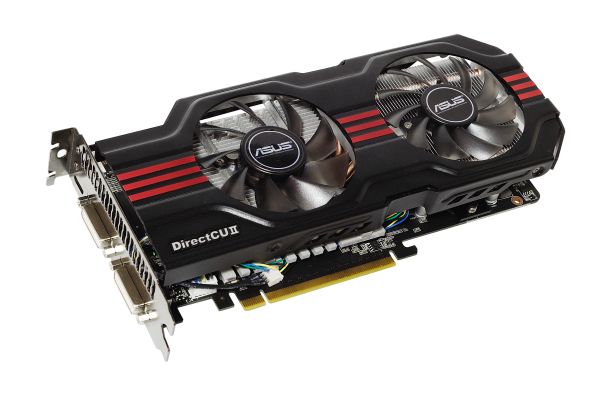
More...
-
05-17-11, 05:40 PM #474
Anandtech: Intel’s 2011 Investor Meeting: Intel’s Architecture Group, 14nm Airmont At
Today Intel is holding their annual investors meeting at their Santa Clara headquarters. In true Intel fashion it’s being treated as a big event (ed: it’s so big they ran out of lunch), as this is the company’s primary vehicle for addressing the investors holding their 125 billion dollars in shares; in essence it’s a reprise of their current and future technology plans as a pep-talk for investors. As such it’s not really a technical event, but it’s not uncommon for a few new technical details to shake out during the presentations.
There are a number of presentations throughout the day, including keynotes from Paul Otellini, and presentations from a number of Intel groups including the architecture group, the data center group, and the manufacturing group. If something is going to shake out it’s bound to be the architecture group, so this is where we’ll start.
Atom/SoC
A big part of the architecture group’s discussion focused on Atom/SoC. The 32nm Medfield Atom is due this year, so Intel has been laying out their plans for what they’re going to be doing with Medfield. Unsurprisingly, a big push with Medfield is to break into the SoC space in a way that Moorestown could not. Intel never managed any major design wins for smartphones with Moorestown, which is something they want to correct with Medfield. To that extent Intel has been showing off Medfield concept phones to show investors that it’s a viable product and to try to drum up support.

Intel's Medfield Concept Phone
Intel is also spending some effort to dispel the idea that they can’t be competitive on a power consumption basis; in fact for the amount of effort they put into that message and the number of times they repeated it, they seem to be seriously concerned about being perceived as uncompetitive. Intel did some power consumption testing on Medfield and put together a slide showing their findings that Medfield is competitive with some current leading phones, but as always take this with a pinch of salt. Ultimately this is a comparison of 32nm Medfield with 4Xnm ARM SoCs, so it’s only applicable so long as Intel’s still ahead of the ARM producers on manufacturing technology.
Moving on, one thing Intel has been dealing with as Atom has evolved is how to consolidate all the disparate parts of a system onto a SoC, given the wide variety of uses for a SoC. With discrete components manufacturers could simply build a device out of the parts necessary for the features they need, but with Atom SoCs much of that gets shifted onto Intel. For Intel this means they will be focusing on producing a wider variety of SoCs, based on building up individual SoC designs on a modular basis. Intel isn’t going in-depth on how many specific SoC variants they’re planning on offering, but our impression is that there will be many variants, similar to how Intel offers a number of different desktop/laptop/server CPUs based on a common architecture.
Finally, Intel published a new generalized roadmap for Atom through 2014. Unfortunately they aren’t going into any significant detail on architecture here – while Silvermont is named, nothing is confirmed besides the name and manufacturing process – but it’s a start, and it ends with a shocker. We will see Silvermont in 2013 on Intel’s 22nm process, likely hand-in-hand with Intel’s aforementioned plans for additional SoC variations.
Far more interesting however is that Intel didn’t stop with Silvermont on their Atom roadmap. Intel’s roadmap goes out to 2014 and includes Silvermont’s successor: Airmont. We know even less about Airmont than we do Silvermont, but a good guess would be that it’s the tick in Intel’s tick-tock cadence for Atom. The biggest news here is that with a move to tick-tock for Atom, Intel is finally accelerating the production of Atom parts on their newer fab processes. Currently Atom processors are a year or more behind Core processors for using a new process, and even with Silvermont that’s still going to be the case. But for Airmont that window is shrinking: Airmont will be released on Intel’s forthcoming 14nm process in 2014, the same year as their respective Core processor. Intel hasn’t specified when in 2014 this will be, and it’s likely it will still be months after 14nm launches for Core processors, but nevertheless it’s much sooner than it has been before.
By accelerating their production of Atom on new processes, this should allow Intel to capitalize on their manufacturing advantages over the rest of the fabs. With Intel’s existing Atom schedule, they only have a year or less before other fabs catch up with them, so by putting Atoms on new processes sooner, they increase that lead time. So far Intel’s ARM SoC competitors have really only had to deal with Intel’s threats on an architectural level, so having Intel challenge them at a manufacturing level too will make Intel a much more threatening competitor.
Core
Meanwhile, for the rest architecture group’s presentation, it was largely a catch-all for all of Intel’s consumer technologies. Much of the talk focused on where Intel plans to be in the next few years, based on where they expect to be thanks to their newly announced 22nm process. Intel considers their 22nm process to be a significant advantage for their products, so a great deal of their plans in the consumer space involve exploiting it in some manner or another.
Ivy Bridge, Intel’s first 22nm product, is being shown off in a few sample systems with Intel reiterating that it will be launching at the beginning of next year – we’d guess at CES. Longer term, Intel wants to get laptops closer to netbooks/tablets in terms of size and battery life, so that they can push 10 hours on a laptop (something the C2D-based Macbook Air can already get very close to). The catalyst for this will be Haswell, Intel’s new microarchitecture on their 22nm process scheduled for 2013.
Intel also used the occasion to show off a couple new technologies that they’re working on for Ivy Bridge generation computers. We’ve heard the name Fast Flash Standby mentioned before, but as far as we know this was the first time it has been demoed. In a nutshell, Fast Flash Standby is hibernating to SSDs, another product Intel has a significant interest in. The basis for Fast Flash Standby is that while going into sleep is fast, it requires leaving the RAM powered up to hold its contents, which is why sleep is only good for a few days of standby versus weeks for hibernation. Hibernating to a SSD, particularly one with a very high sequential read and write throughput, allows hibernation to take place much quicker and to resume much sooner. Intel is doing more here than just writing a hibernation file to a SSD, but the concept is similar.
Longer term Intel is looking at what kind of markets they want to go after, and what architectures they need to reach them. Intel is talking – albeit nebulously – about a new 10-20W notebook design target to sit right above their sub-10W target for Atom/SoC. Currently Intel offers CULV Sandy Bridge processors in the 10-20W range, but Intel appears to want to go beyond CULV with this new target. Whether this is a bulked up Atom, or a further trimmed IB/Haswell/Skylake remains to be seen. Intel is throwing around some performance targets however: they’re looking to improve iGPU performance by 12x over today’s performance in that 10-20W envelope.
More...
-
05-19-11, 12:50 PM #475
Anandtech: Westmere-EX: Intel's Flagship Benchmarked
A month ago, Intel introduced its newest quad Xeon E7 series, the successor of the Xeon 7500. We gave you an overview of the Xeon's E7 lineup, but we didn't have benchmark results yet. According to Intel, the new Xeon established 16 new world records, beating similarily configured IBM POWER servers in some workloads and SPARC servers that are twice as expensive by a wide margin in almost any workload.
Today, we'll look at the available SAP S&D measurements, along with our results from weeks of virtualization benchmarking on ESX 4.1 update 1. By looking at both response time as throughput in our own virtualization benchmarking and power measurements with vApusMark, we get a very realistic idea what the the Xeon E7 is exactly capable off. We'll compare the best Xeon with AMD's Opteron 6174 (Dell R815) and its predecessor, the Xeon 7560.
More...
-
05-24-11, 02:00 AM #476
Anandtech: OCZ Agility 3 (240GB) Review
OCZ has been at the forefront of each generation of SandForce SSD release since the debut of the SF-1500 based Vertex Limited Edition. More recently the Vertex 3 was the first client SSD to use SandForce's SF-2281 controller. Many of you have written me asking if the Vertex 3 is worth the additional cost over the Vertex 2. Given that you can pick up a 120GB Vertex 2 for $210 ($180 after rebate), and a 120GB Vertex 3 will set you back $300 flat it's tough to recommend the latter despite the performance improvements. If you don't have a 6Gbps platform (e.g. Intel 6-series, AMD 8-series) the Vertex 2 vs. Vertex 3 decision is a little easier to make, otherwise the newer, faster Vertex 3 is quite tempting.
There's another issue holding users back from the Vertex 3: capacity. The Vertex 3 is available in 120, 240 and 480GB versions, there is no 60GB model. If you're on a budget or like to plan frequent but rational upgrades, the Vertex 3 can be a tough sell.
Enter the Agility 3, OCZ's mainstream SF-2281 drive.
Read on for our full review!
More...
-
05-25-11, 12:00 AM #477
Anandtech: Battle of the Budget Tablets - Nook Color vs. Galaxy Tab

Tablets are certainly the buzz of the tech world, and if you're in the market for one, there are plenty to be had in the $500 range. But what if your budget was more like $300, and all of the traditional tablet options simply weren't affordable enough? Or what if you wanted a cheap tablet to play with while waiting for the genre to mature? Previously, there weren't too many high quality tablets that fit that description, but there are a couple of options that released more recently. The WiFi-only version of Samsung’s 7” Galaxy Tab is the first one that comes to mind, offering all that the previous 3G versions did, now at a $349 price point. Next is the Barnes & Noble Nook Color, which is surprisingly easy to hack and makes for a capable Gingerbread tablet with a few simple mods.
Between the two, we’ve got two rather promising budget tablets here, legitimate options for those looking to get in on the tablet movement without breaking the bank. Which is better? Keep reading to find out.
More...
-
05-25-11, 09:40 AM #478
Anandtech: Small Form Factor Buyers’ Guide
Last month our builder’s guide focused on nettops: low power, less capable, physically diminutive desktop computer systems. We included a non-nettop CPU (Intel Core i3) system as a substantially more capable but only slightly more power-hungry alternative to the nettops. This system and the mini-ITX small form factor (SFF) prompted a lot of reader interest in this typically underappreciated desktop computing segment. In response, this month we’re outlining myriad mini-ITX SFF systems—from basic office machines to powerful gaming rigs.
More...
-
05-26-11, 01:50 AM #479
Anandtech: NZXT H2: Not Quite Quiet
When we saw the NZXT H2's prototype at CES, we were impressed. The case isn't just unusually austere for NZXT, it's genuinely attractive and feature rich. More than that, it's a case designed with silence in mind for the crowd not willing to pony up for bigger, badder cases like SilverStone's Raven series or Antec's P183. With even the updated Sonata IV sporting a daunting $169 asking price, could the NZXT H2 be the silent case frugal builders have been waiting for?
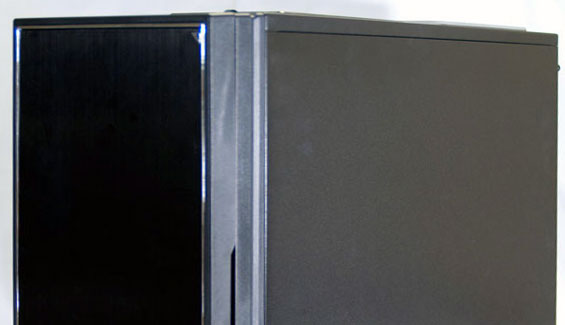
More...
-
05-26-11, 04:10 AM #480
Anandtech: Windows Phone 7.5 "Mango" - Mobile IE 9 Browser Explored
On Tuesday, Microsoft announced a number of details and the first official look at the next release of Windows Phone 7, codename “mango.”
Back when we reviewed Windows Phone 7, we were impressed by the platform’s overall smoothness, appearance, and unique mobile paradigm, but highlighted a number of chief areas that needed improvement for it to be competitive with much more mature smartphone rivals. Chief among them was a browser that needed serious updating even at launch. We've been playing with the new IE 9-based browser for the past two days and have come away decently impressed. Read on for more.
More...
Thread Information
Users Browsing this Thread
There are currently 15 users browsing this thread. (0 members and 15 guests)





 Quote
Quote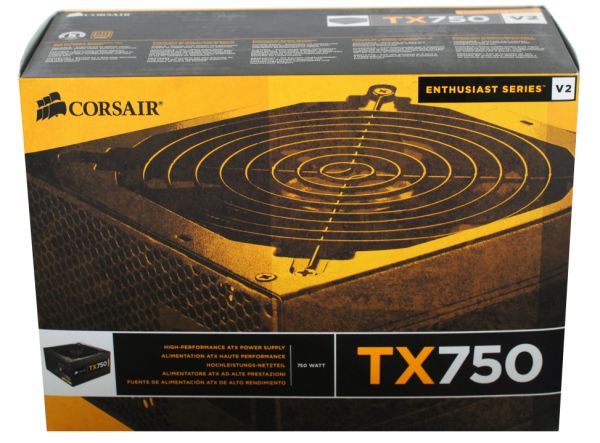
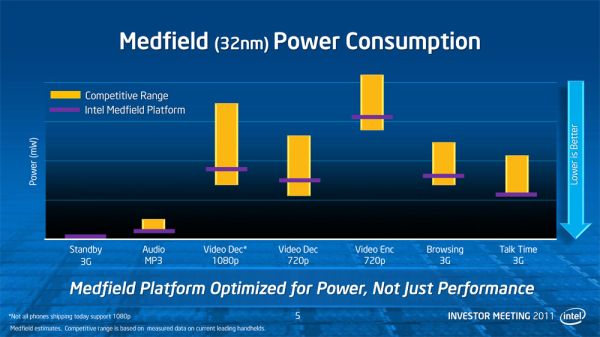
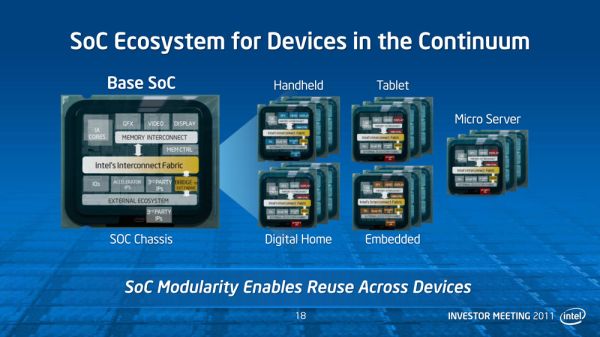



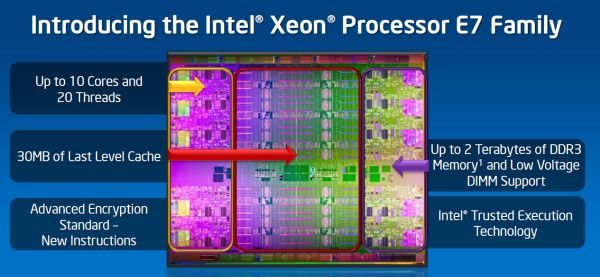
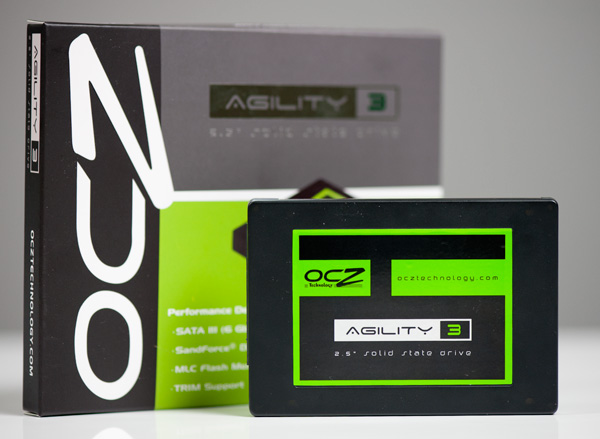

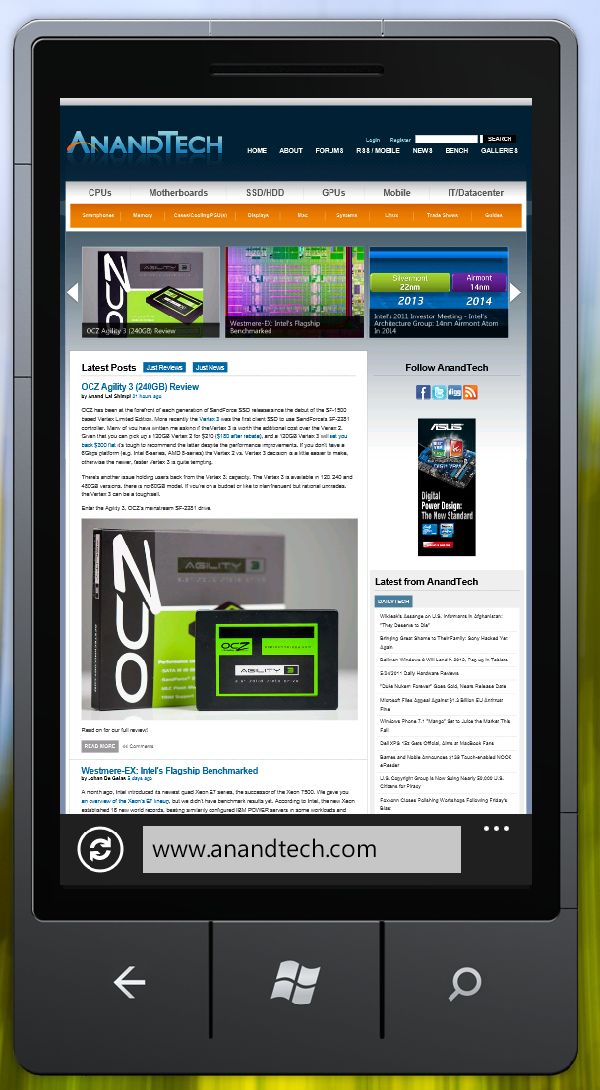
















Bookmarks